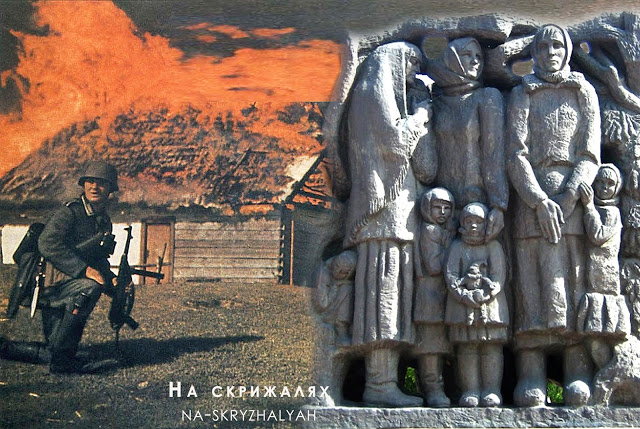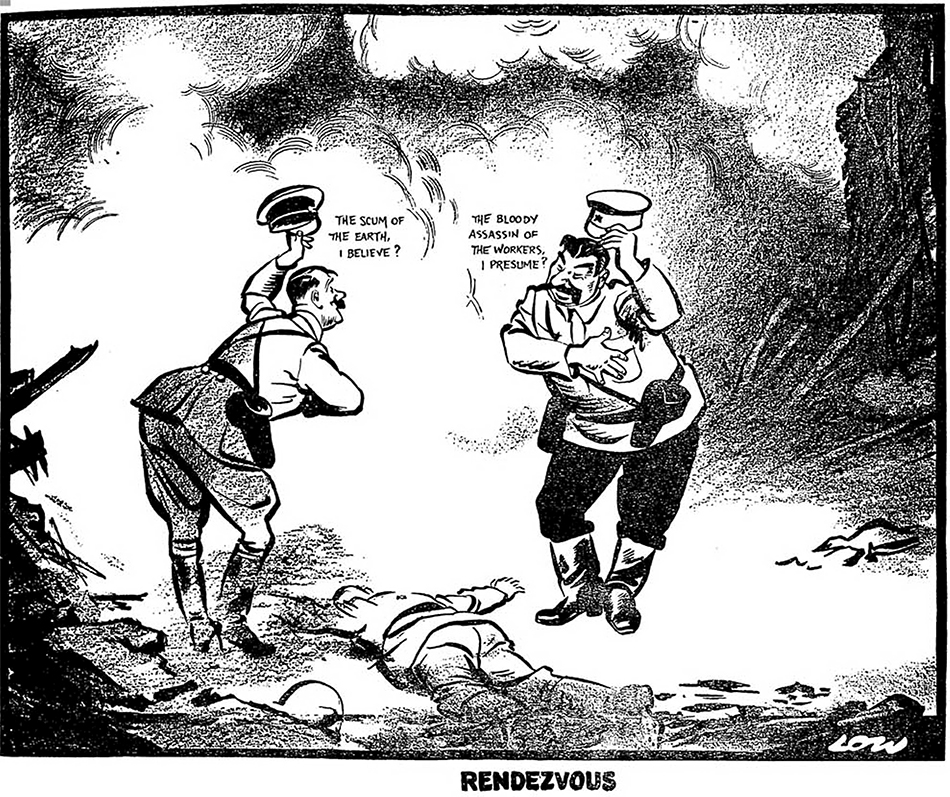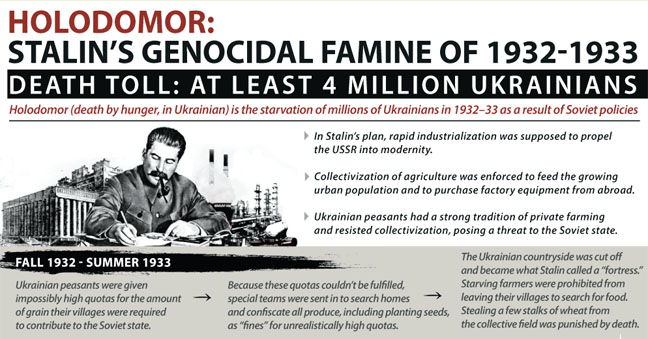The reasons for this go back to the history of Ukraine’s internet in late 1990. Then, Kyiv software engineer Yuri Yankovski and his colleagues managed to gain access via a Moscow-based company that had established regular email routing with Finland a few months earlier.
The state didn’t pay much attention to the internet for years, neither did it initially have intentions to limit or regulate the novelty in any way, which led to the exponential growth and chaotic development of local networks and rapid onset of a competitive market of ISP services.
Here are five unexpected things you need to know about the history of Ukraine's Internet.
1. Ukraine’s internet user zero: how the Internet came to Ukraine

The Internet came to Ukraine in the late Soviet times. In December 1990, a group of Ukrainian engineers led by Yuri Yankovski, the head of a sector in the Intersectoral Center for Programming Technologies Technosoft from the Kyiv Institute of Cybernetics, struck a deal with Moscow-based cooperative Demos to gain 2.5 kbit/s access to the internet over a paid voice line for 20,000 Soviet rubles a year -- the price of two cars at the time.
The Demos co-op was a partner of the first Russian organization Relcom based on the Kurchatov Nuclear Physics Institute of Moscow. It established a regular internet connection, albeit purely email-network-based, to the Helsinki University in August 1990.
In the spring of 1991, Technosoft formally acquired the status of Internet Service Provider (ISP) by providing Internet transit to Ukrainian users, and by the end of 1991, the company had customers not only in Kyiv but also in many other cities of Ukraine. A month later, two more Ukrainian ISPs emerged: Softpanorama in Kyiv and KTTS in Kharkiv.
2. The Kyiv-based Institute wanted to create an Internet-like computer network for the USSR in the 1960-1970s but was denied funding

In 1962, the founder of Soviet cybernetics, mathematician Viktor Hlushkov of the Kyiv Institute of Cybernetics, developed the architecture for a USSR-nationwide network analogous to what became the Internet.
The project code-named OGAS (Russian acronym for the "National Automated System for Computation and Information Processing") was meant to improve central planning in the USSR.
The proposed architecture implied a three-tier network with a top-level center in Moscow, some 200 mid-level centers in major cities, and up to 20,000 local terminals in various locations.
The communication was going to be conducted in real-time over the existing telephone infrastructure and every terminal could have communicated with any other. Moreover, Hlushkov also proposed using the system for electronic payments.
However, the project failed as the request for funding was turned down in 1970 and later the 1971 Communist Party Congress didn’t endorse the project implementation plan. Several similar other projects were also rejected in the 1960-1970s.
3. “Anarchic” development of Ukraine’s Internet
Discussing the development of the internet in Russia and Ukraine in his recent interview
with Ukrainska Pravda, Yuri Yankovski suggested that Soviet KGB could be behind the initial steps in developing the internet in the USSR,
“I have no documentary evidence, but I think that the KGB from the very beginning oversaw the Internet, in Moscow and Leningrad. The "progressive" part of the KGB quickly realized what this phenomenon was and how widespread it would be,” he said.
The initial development of the Russian internet was pretty centralized. Meanwhile, the Ukrainian model of Internet development was the opposite, “absolutely anarchic from the beginning," as Yankovski calls it,.
“On our end, the decentralized concept of the Internet was being implemented, ‘three Ukrainians - two hetmans,’ [hetmans were Kozak-times leaders of the nation, - Ed.] with no single control center, but with a voluntary association of Autonomous Systems (AS), each administered independently.”
The Ukrainian state took an interest in the Internet only a few years after its appearance in the country, although the “chaotic” development continued further on.
In 2000, the Ukrainian Internet Association
emerged, a trade association aiming at consolidating the efforts of all stakeholders in developing the Internet in Ukraine and protecting the interests of its multiple members, most of which are the ISPs.
4. Cybersquatters can't reserve second-level domain names directly under the national .UA top-level domain
The history of the Ukrainian national top-level domain name, .UA, dates back to fall 1991 when Ukrainian ISPs started negotiations with the Internet Assigned Numbers Authority (IANA), the standards organization that manages the root zone in the Domain Name System and oversees various other Internet matters. A year later, on 1 December 1992, IANA registered .UA in the root zone.
So in Ukraine, a would-be cybersquatter would have to register a trademark similar to the targeted one before buying a domain name for reselling.
Similar policies were pursued in Britain where, for instance, the domain names for commercial websites were allowed only beneath .co.uk second-level domain name up until 2014 when the rules were relaxed.
5. Geographical inequality in internet speeds within Ukraine
Although Ukraine has the world’s cheapest unlimited broadband internet access, the Speed Test service ranked it in September 2020 number 79 in the world by the country’s average mobile internet connection speed and placed it 58th by the average fixed broadband speeds in its monthly Speedtest Global Index.
The reason for the country’s low average speed positions is the unequal internet access opportunities in the cities against many remote rural areas. It is the downside of the “anarchic” internet infrastructure development when the state wasn’t interested much in improving the networks across the whole country and private ISPs were conditioned by the demand on the market which, of course, is the highest in densely populated areas.
However, most of the remote settlements still have access to the Internet via landline phones, and also most of the country is covered with mobile networks with at least GPRS/EDGE technology available, while most of the populated areas enjoy 3G connection, 4G is available in major cities.
Read also:
- Europe’s first electronic computer was created in Ukraine
- Ukrainian IT brain drain: where IT professionals go, and why they leave
- The Ukrainian “logical thinking machine” which became a prototype for modern display devices
- Tell the world about Ukraine: 20 facts from the MFA
- Ukrainian banks, enterprises, media and energy companies under powerful cyber attack, including Chornobyl NPP – LiveUpdates
- Ukraine’s top-10 startups of 2015





